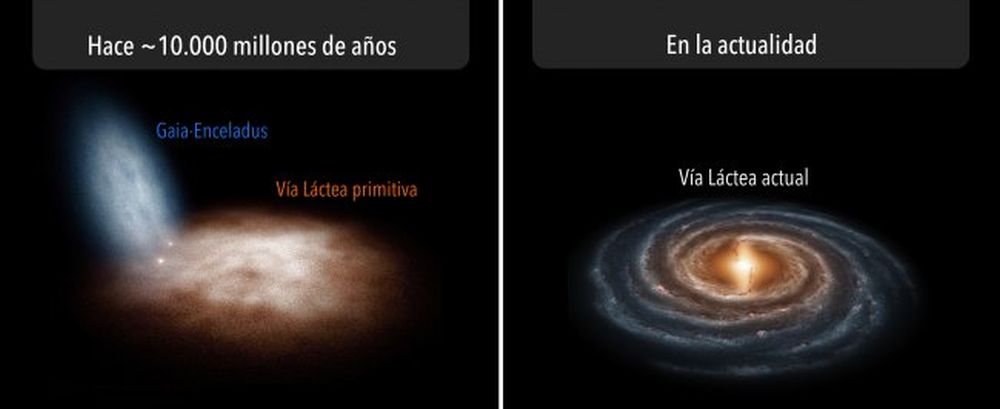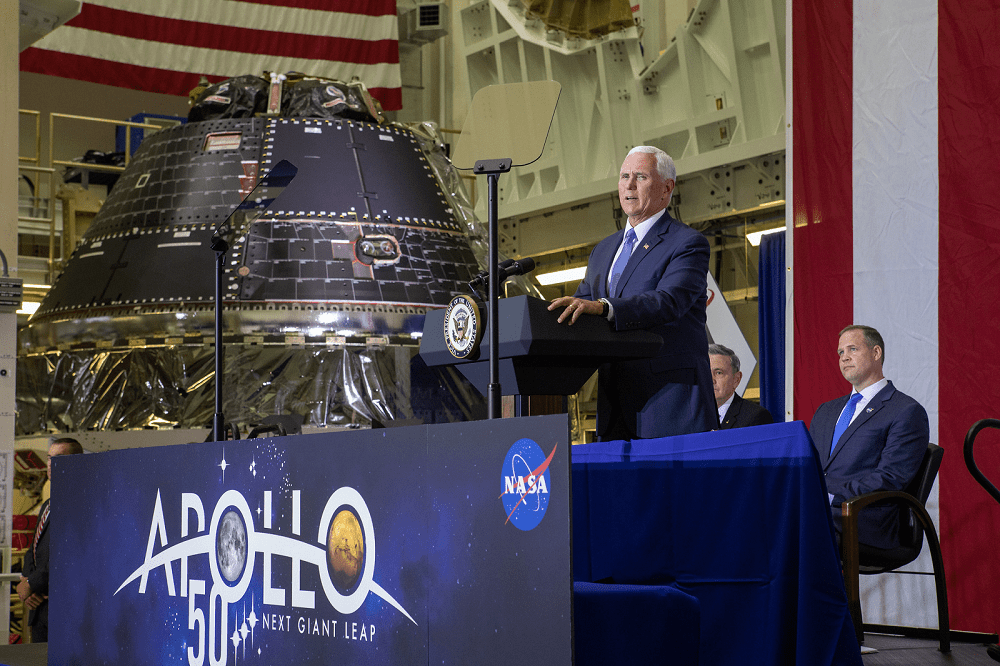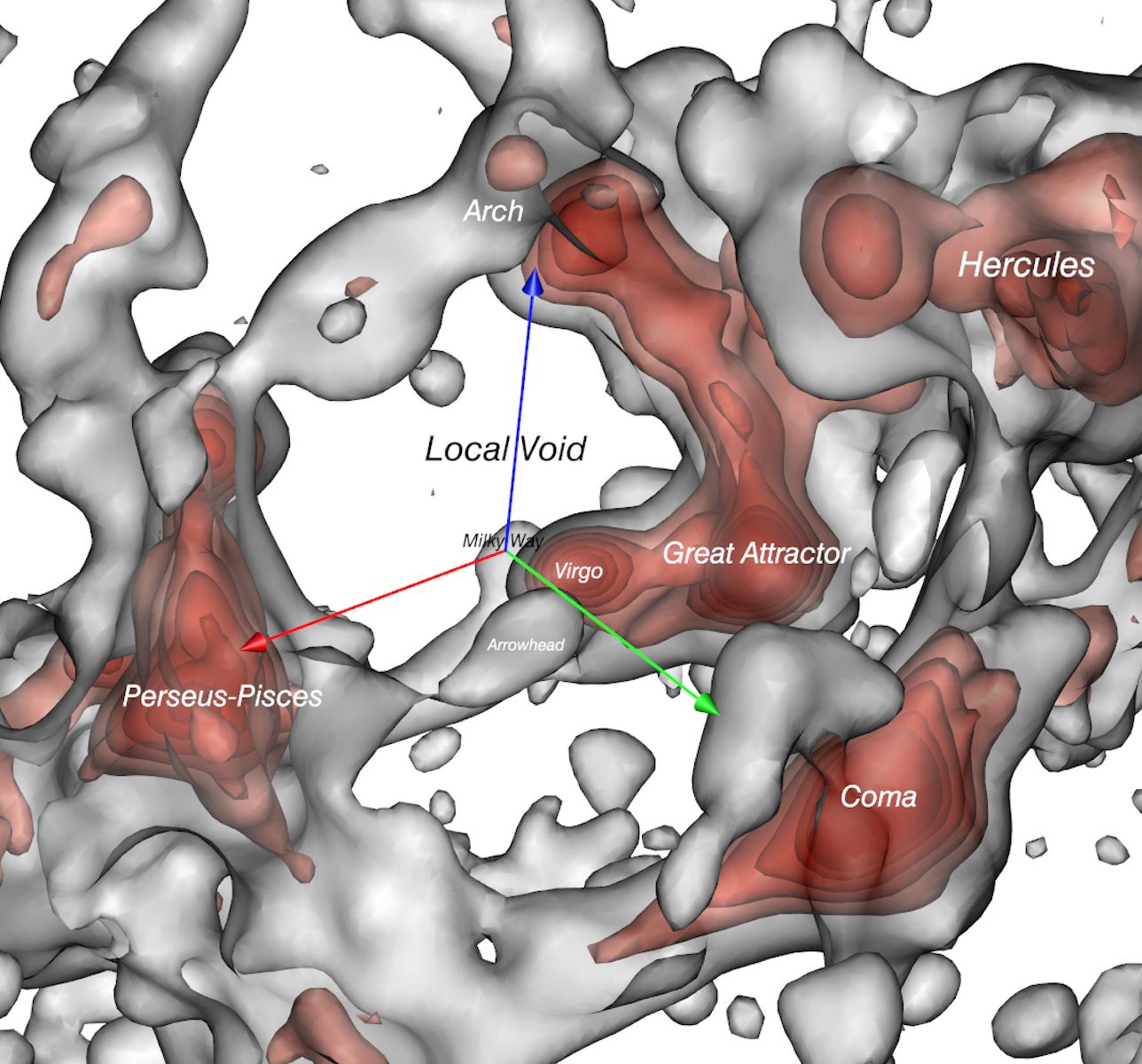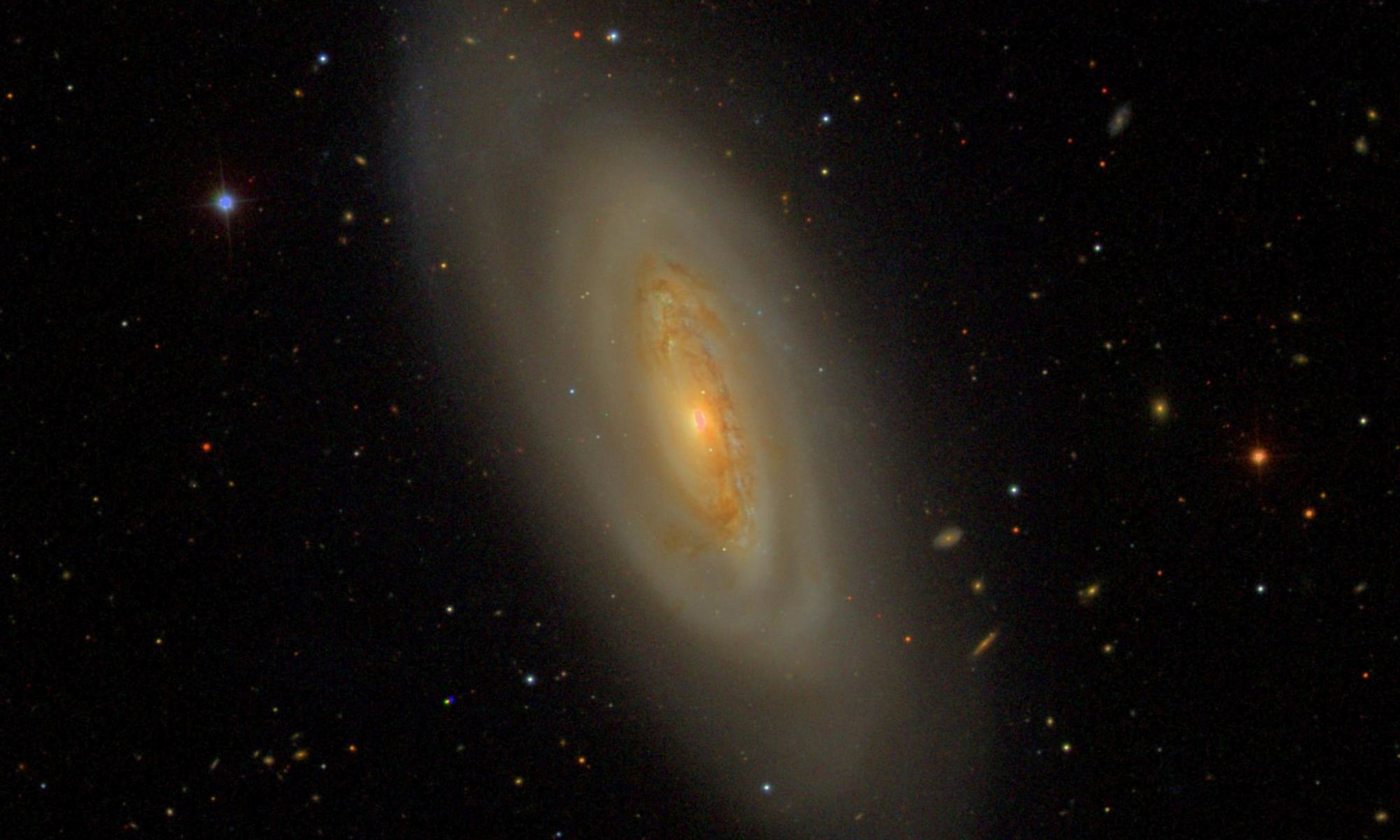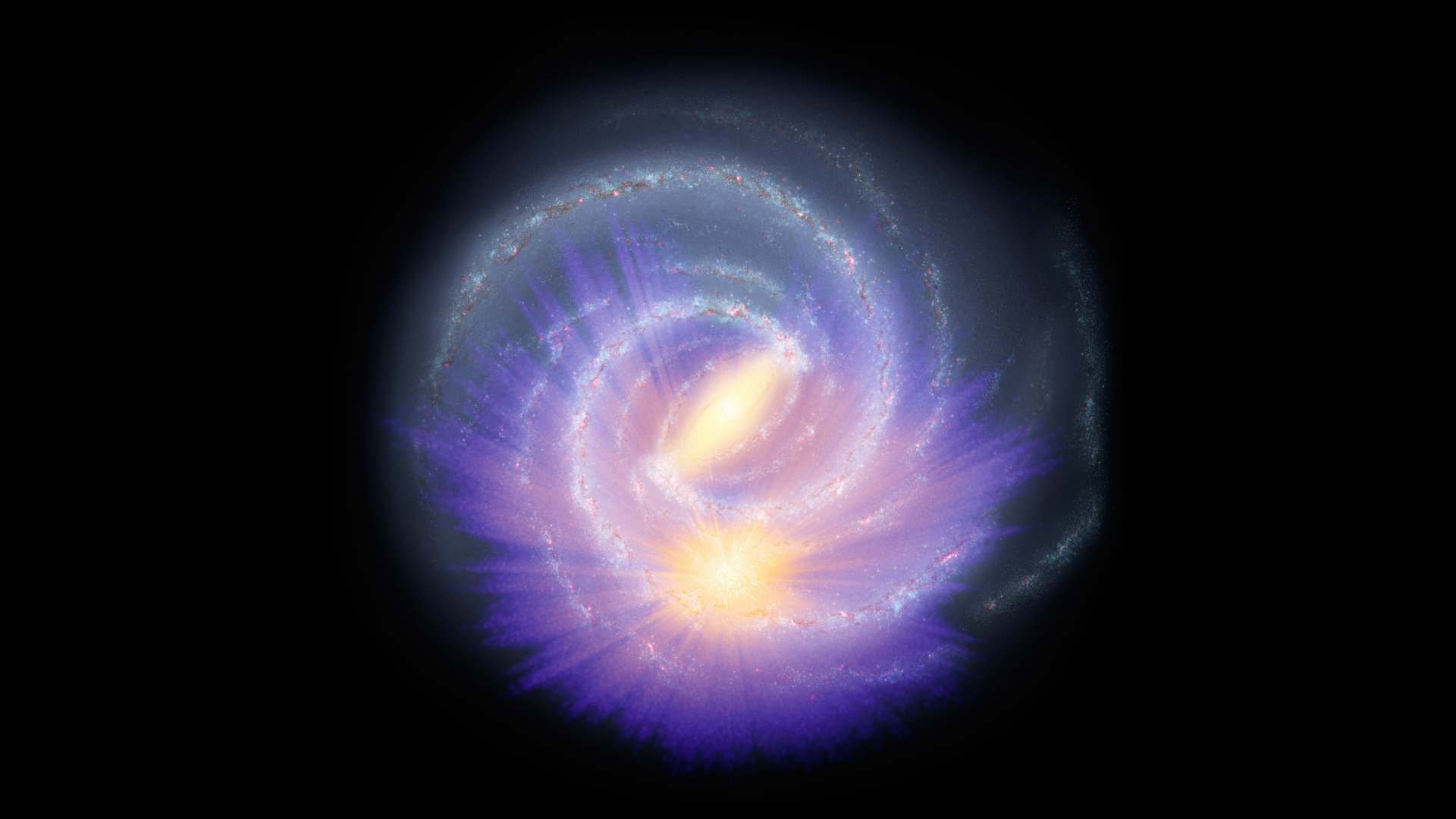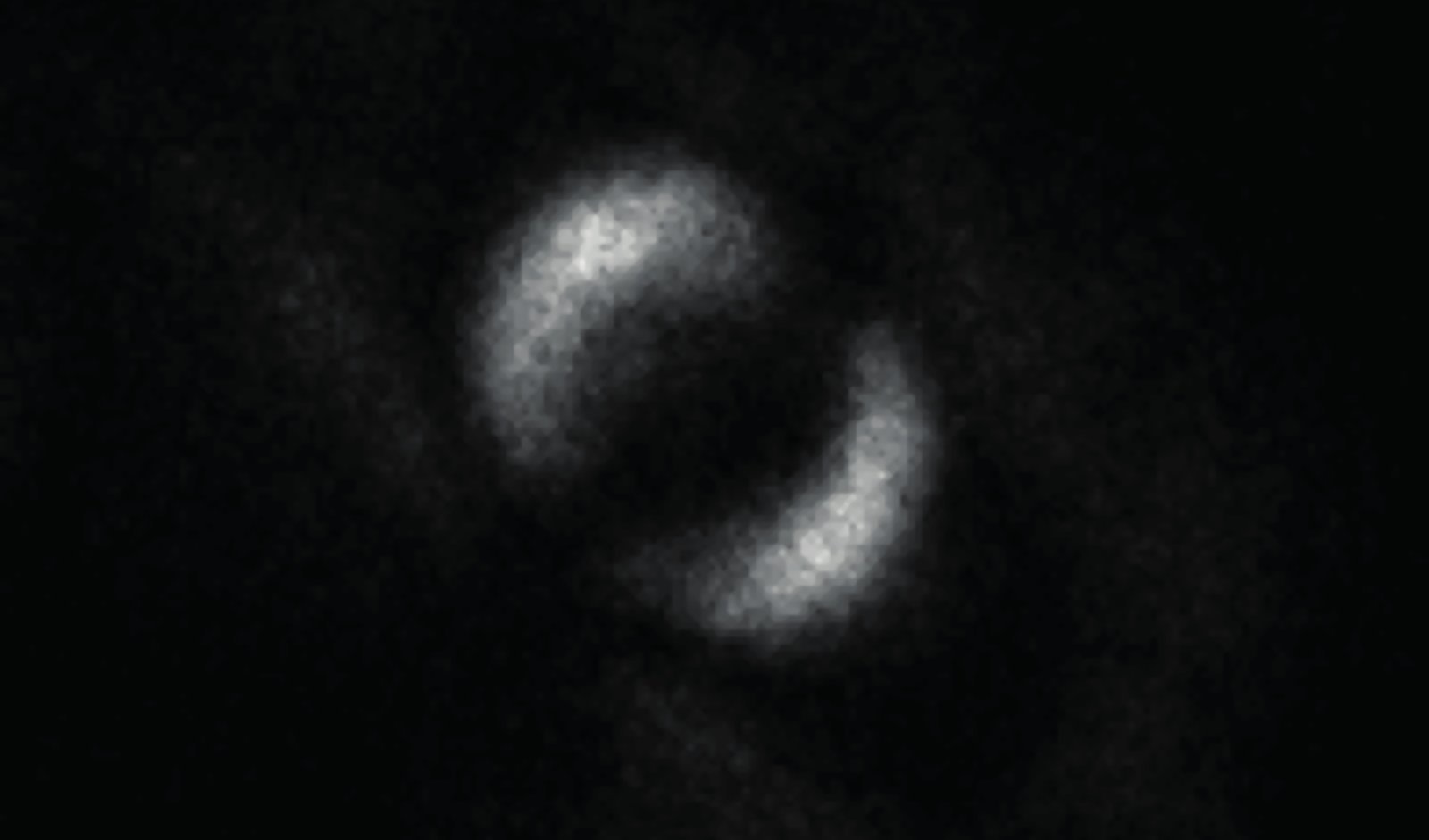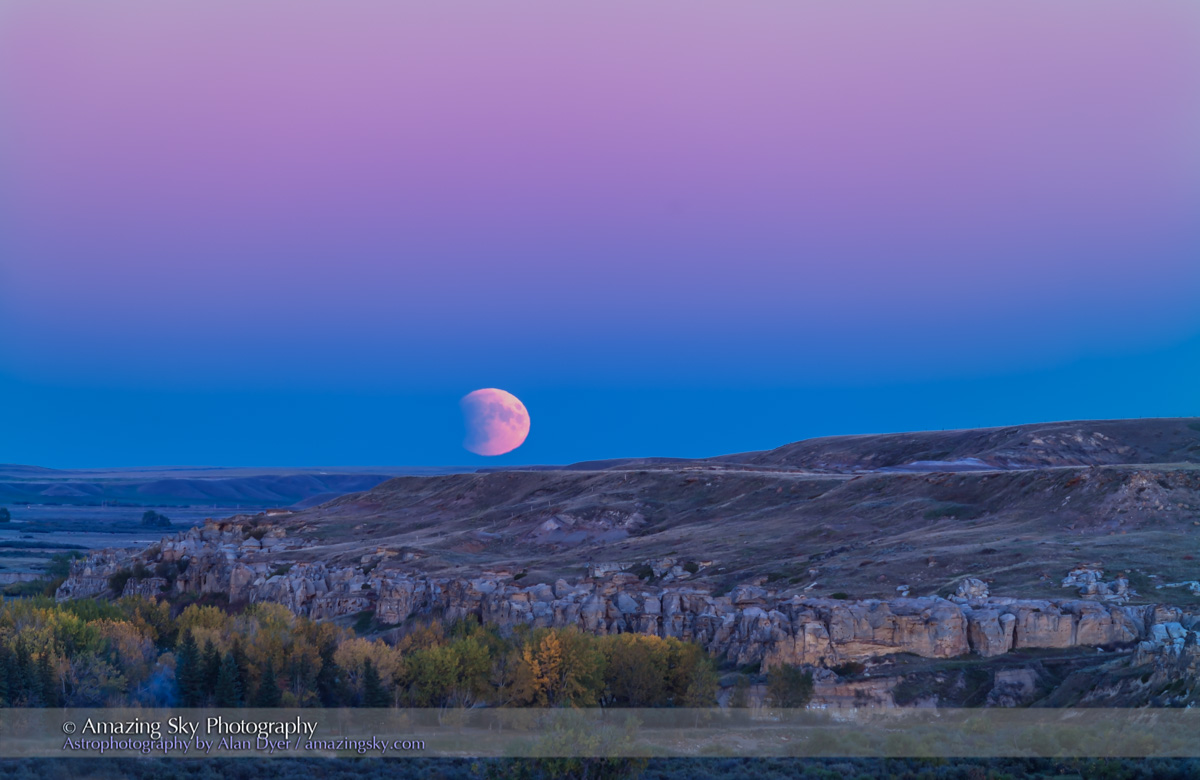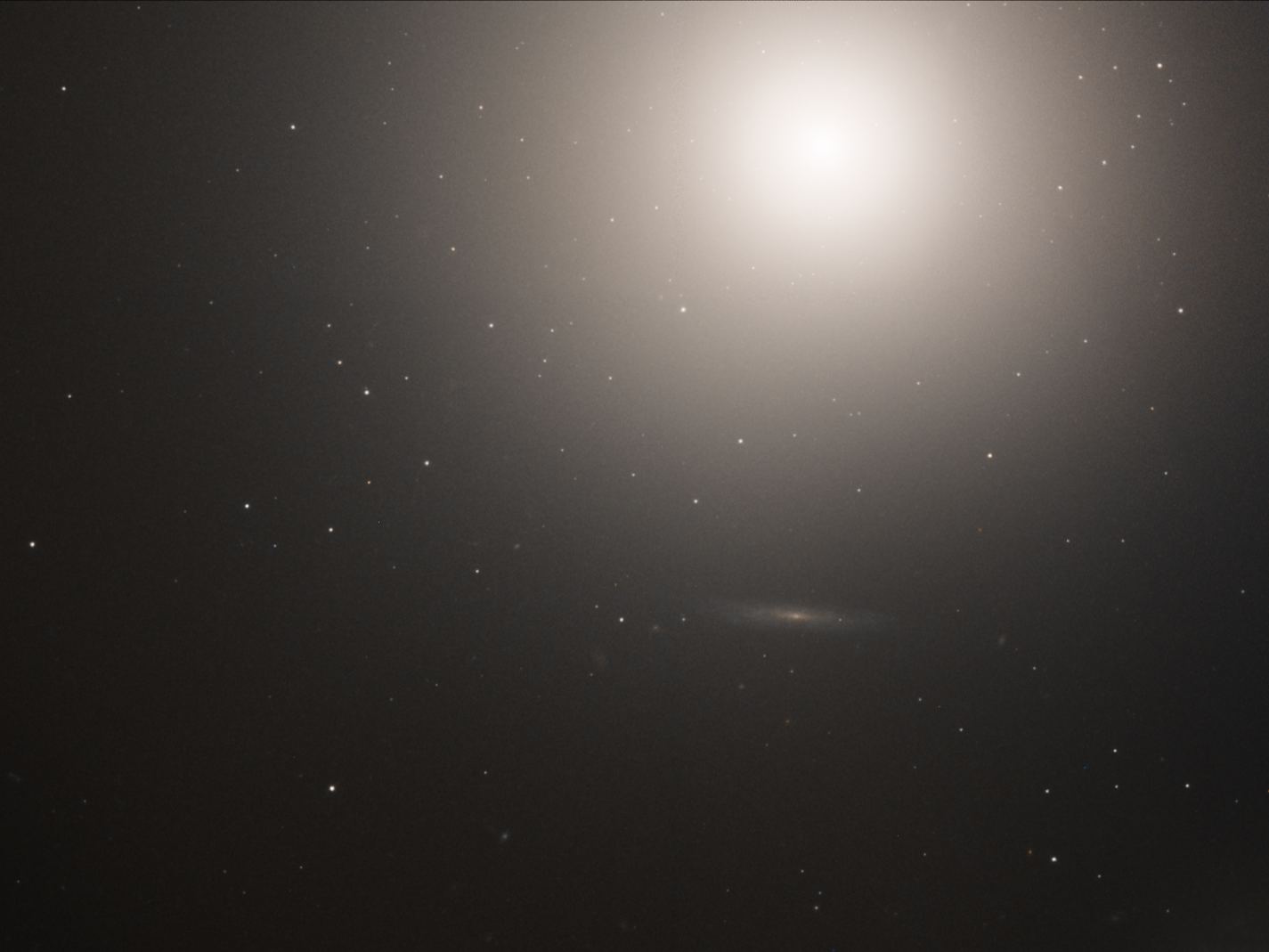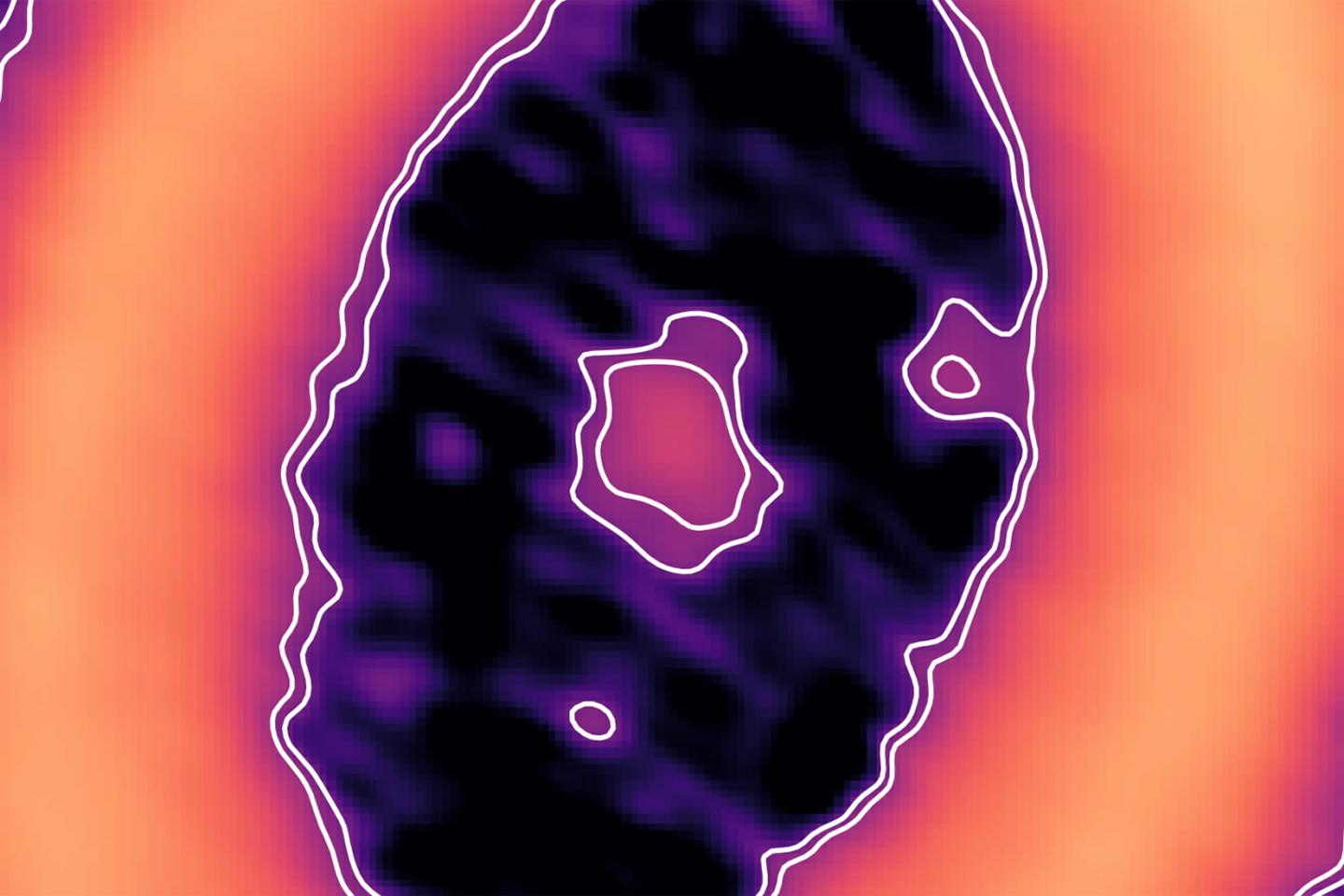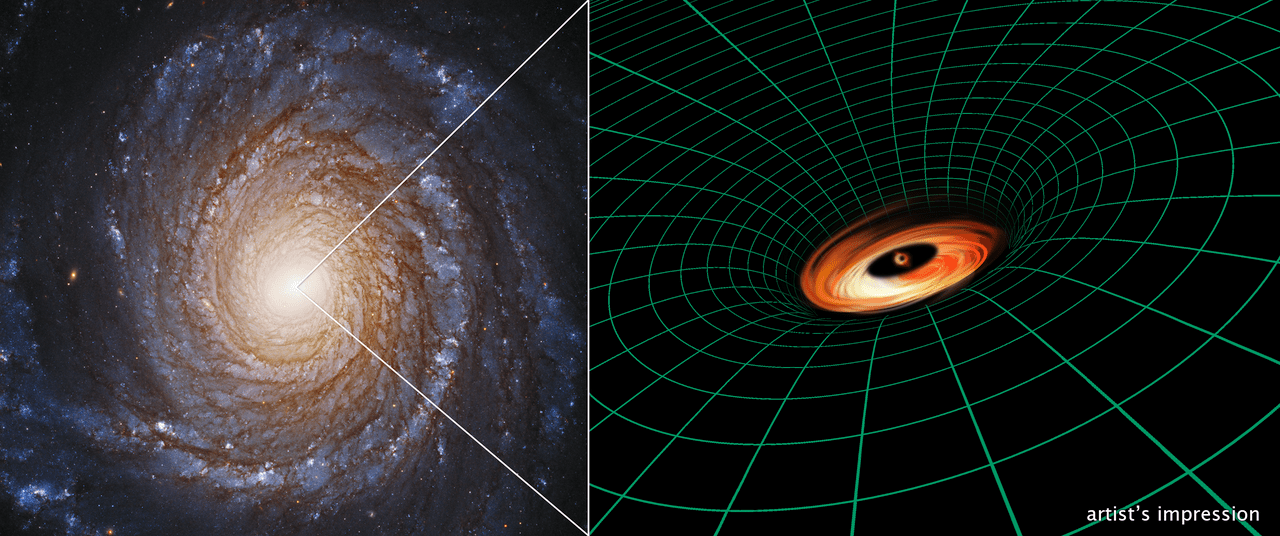Welcome back to Messier Monday! Today, we continue in our tribute to our dear friend, Tammy Plotner, by looking at the spiral galaxy known as Messier 89!
During the 18th century, famed French astronomer Charles Messier noticed the presence of several “nebulous objects” while surveying the night sky. Originally mistaking these objects for comets, he began to catalog them so that others would not make the same mistake. Today, the resulting list (known as the Messier Catalog) includes over 100 objects and is one of the most influential catalogs of Deep Space Objects.
One of these objects is the elliptical galaxy known as Messier 89, which is located about 50 million light years from Earth in the constellation Virgo. This makes it part of the Virgo Cluster, a collection of 2,000 galaxies that lie in the direction of the Virgo and Coma Berenices constellations. This galaxy is not as bright as some other members, which makes it somewhat difficult to spot in small telescopes.
Continue reading “Messier 89 – the NGC 4552 Spiral Galaxy”
